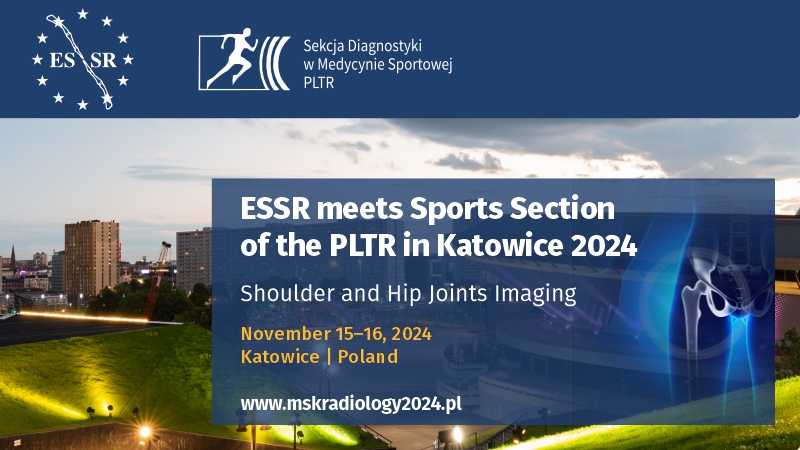Ultrasound assessment of thrombotic complications in pediatric patients with tunneled central venous catheters
Marek Tomaszewski1, Wojciech Kosiak1, Ninela Irga2, Katarzyna Połczyńska3
 Affiliation and address for correspondence
Affiliation and address for correspondenceCentral venous access consists in inserting a vascular catheter to the vena cava and placing its tip in the vicinity of the opening to the right atrium. In the patients of the Clinic of Pediatrics, Hematology and Oncology at the Academic Clinical Centre of the Medical University in Gdańsk, such implantation procedures are conducted 40–50 times in a year using Broviac/Hickman catheters that are placed in the subclavian vein. In the Ultrasound and Biopsy Laboratory at the clinic mentioned above, approximately 200–250 examinations have been conducted since 2005 to assess the central venous access. Implantation of a catheter considerably increases the comfort of patients who require a long-term venous access. Nevertheless, it is an invasive procedure, burdened with a risk of numerous, early and late complications. The late complications are associated with implanted catheters and include catheter-related thrombosis. The aim of this paper was to present three patients of the Clinic of Pediatrics, Hematology and Oncology at the Academic Clinical Centre of the Medical University in Gdańsk, in whom thrombotic complications occurred as a result of long-term central venous catheters. The paper also discusses the possibilities of using sonography in the assessment of such complications. In the presented patients, it was possible to determine the size and localization of a thrombus which enabled effective treatment in two cases. The pathomechanism of catheter-related thrombosis was explained and the risk factors of such complications were discussed. The attention was paid to the necessity of conducting ultrasound examinations in pediatric patients with inserted catheters as soon as the first symptoms of thrombosis appear. Based on own observations and despite the lack of validation of ultrasound imaging in the assessment of central catheters, we believe that this method is highly promising and can be recommended for the assessment of thrombotic complications in pediatric patients with central venous catheters.







